

Thick smog has been blanketing major cities including Beijing, Shenyang and Changchun in northern and northeastern China since last weekend and will persist for the next few days.
Levels of PM2.5, fine particulates that can be hazardous to health, soared as northern China began burning coal to heat homes at the start of winter. Residents donned gas masks and locked themselves indoors after their homes were enveloped by some of the worst smog levels on record.
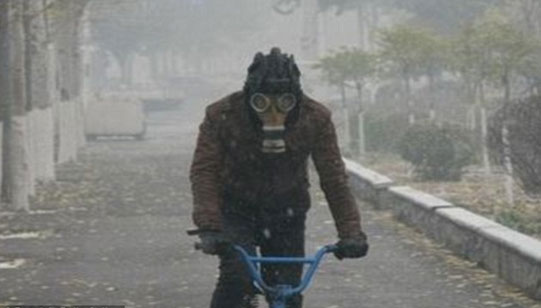 |
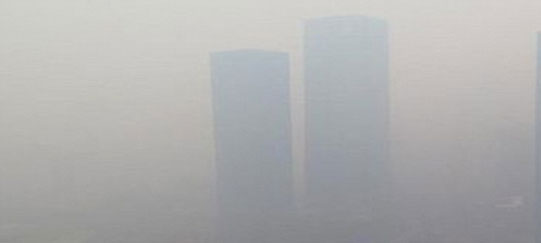 |
Readings in Shenyang reached the highest recorded in China since the country began to monitor air quality in 2013. The national safety level for PM2.5 is 75 micrograms per cubic meter. The reading was as high as 1,400 at some monitoring sites.
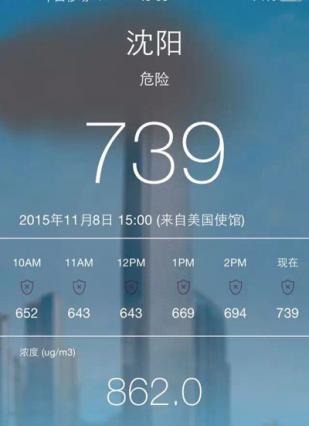 |
Extremely high air pollution readings attracted the attention of international media. Some even using the word “airpocalypse” to describe it.
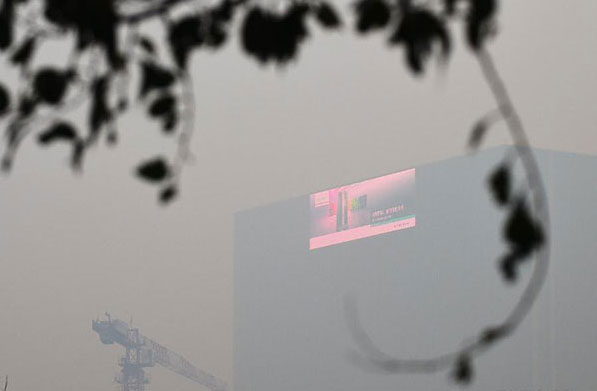 |
 |
 |
 |
 |
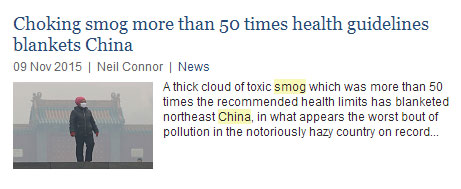 |
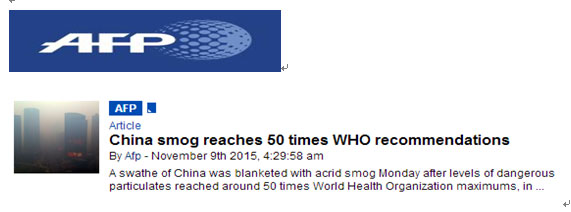 |
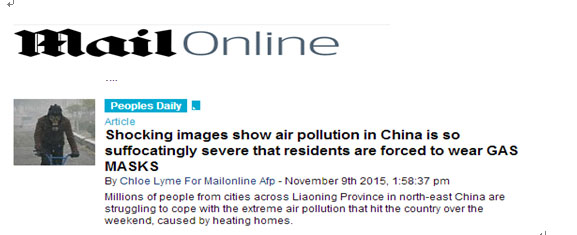 |
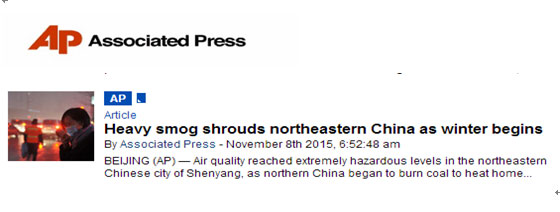 |
 |
 |
 |
 |
 |
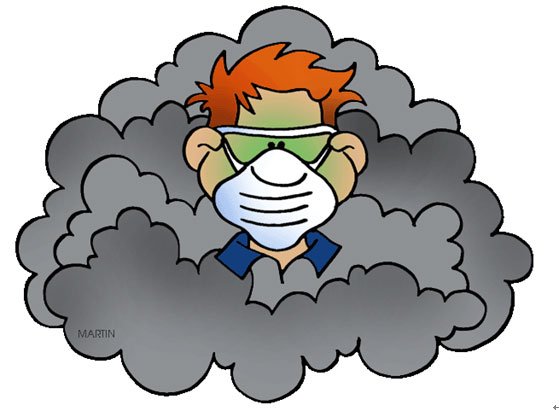 |
Smog is a term combining the words smoke and fog and refers to an extremely dangerous type of pollution.
The term was first coined in 1905, referring to the thick mix of London fog and smoke from coal fires.
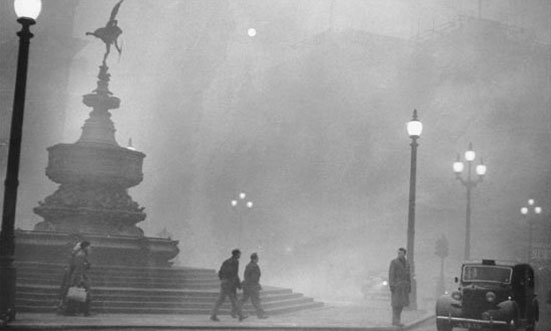 |
Today, smog is more likely to be caused by an unpleasant — sometimes deadly — mixture of:
Auto exhaust
Factory emissions
Pollutants released by paint, hairspray and many other common products
 |
Smog pollution is common in areas with high populations, such as in and around big cities and metropolitan regions. Some of the most-populated areas that have to deal with smog are:
Los Angeles
New York City
London
Beijing
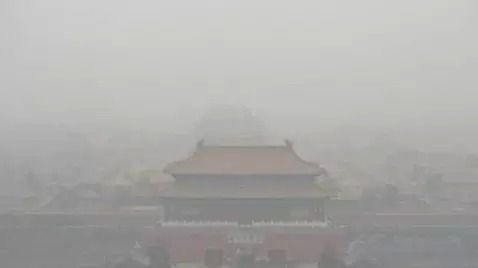 |
Smog is typically worse in:
Hot climates
Basins
In or near valleys
Smog forms when large amounts of pollutants are released and air does not circulate enough to disperse them, usually because of wind patterns and geographical location.
Smog can sit for periods of many hours — even days — until being pushed away by strong winds or washed away by rain.
As well as being a dangerous weather condition that reduces visibility in cities smog also poses a serious threat to health.
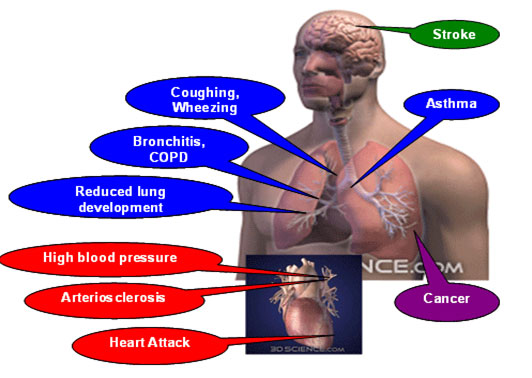 |
Serious smog pollution events kill many people. In 1948, a thick blanket killed 20 and left about 6,000 ill in the steel mill town of Donora, Pennsylvania. London's killer smog of 1952 caused roughly 4,000 fatalities and New York City's deadly smog the following year claimed 200.
Smog can seriously harm children. All youngsters are particularly sensitive to the effects of air pollution because they take in more air per body weight, their lungs are still developing and they tend to spend more active time outdoors than adults.
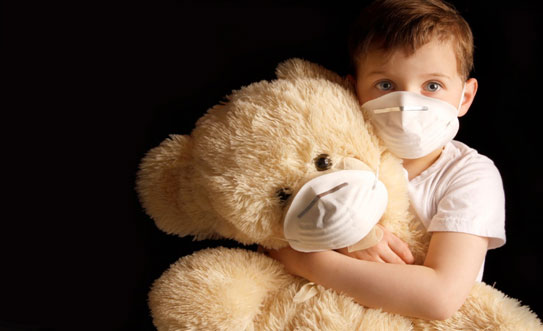 |
When smog levels are especially high, breathing can become complicated. If you normally have breathing difficulties or certain chronic conditions, your chances of suffering adverse reactions to smog pollution increase substantially. All young children and the elderly are also at increased risk of immediate health concerns if they go outdoors during smog pollution episodes.
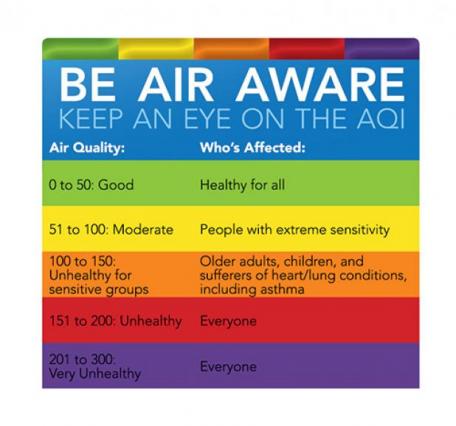 |
One way to respond is to limit outdoor activity on smog alert days and eliminate all outdoor activity. Paying attention to the type of pollutant that is present can help with planning some outdoor activities, even on smog alert days.
 |
Children are more vulnerable to the negative health effects of air pollution and caregivers must monitor pollution levels and consider risks before sending them outside on smog alert days.
© China Daily Information Co